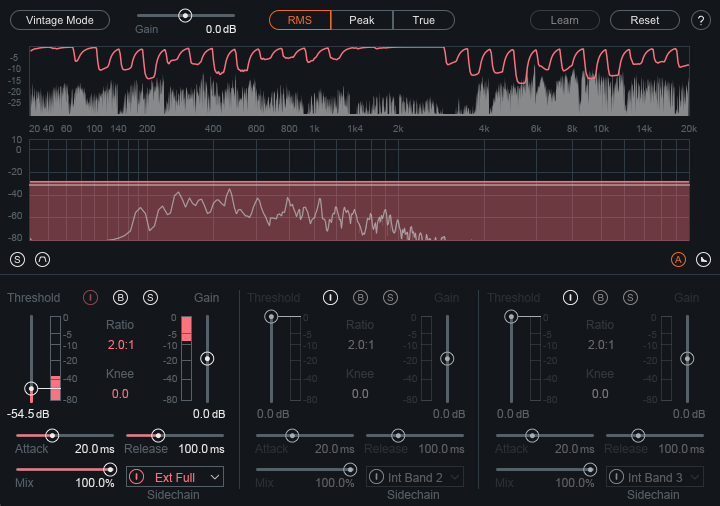Jazz Notation — The Default — deBreved — Tim Davies Website:
I get a lot of scores sent to me by composers and arrangers both young and old. I see a lot of things that do not need to be on the page, or are written in ways that are way more complicated than necessary. A lot of these extra indications are instructing players to perform in a way that is already covered by standard jazz performance practice, or what I call the Jazz Default. If you notate in a way that exploits this default, you will save yourself a lot of time and the players will know exactly what you mean, you do not need all the extra information.
On my blog, deBreved, I talk a lot about my concept of the Orchestral Default. In a nutshell, what does a player or section do when they see a naked note, with no articulation? If you can learn to think about this default reaction correctly, you will find many situations where you do not need to add any articulation. What happens if you add a staccato, a tenuto, an accent, or a cap
Finally — I can interpret my “Jazz Symbols” in Logic Pro X.

